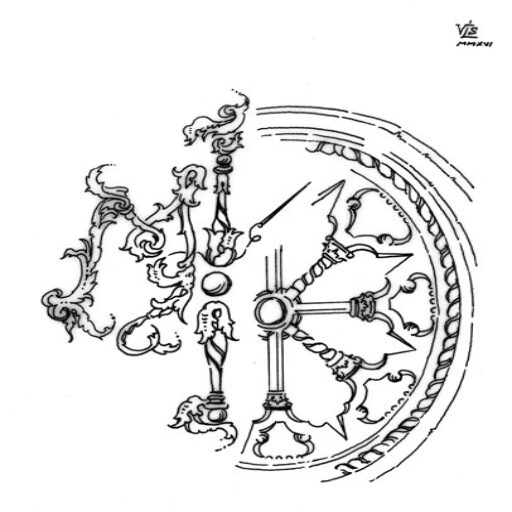Unesco Project
Two different techniques, request to be recognized as Unesco Intangible Cultural Heritage.
We are talking about the Orvieto Lace and the old filet of Bolsena.

The Old Bolsena Filet
The filet net was born from the fishing nets, seen in places by the sea or, like Bolsena, by the lake.
Manual skills and experience are very important to get the perfect results.
In Bolsena since time immemorial, the fishing net is made manually, and both in Summer and in sunny Winter days by the beach you can see fishermen making their nets or repairing them after a good abundant fishing. In the 1950s a lacemaker, Neve Zucchi, started to implement filet works based on the nets made by fishermen; they are works reproducing old designs found in the old Embroidery School of the ’30s. From these earlier works lacemakers started to experiment with gold filaments and colors. When in 1995 Bolsena Ricama was born, Neve Zucchi started to teach filet at the embroidery school and Daniela was her student.
You work the basic net using a support, a crochet hook, a needle with two open eyes, called “modano”, to roll up the thread. From the first stitch you work in the shape of a fan, with small squares of net stopped by a knot, increasing laterally. When the net is big enough, you can close and block the thread.
The net is then put on a frame where you can start your work, following a scheme with different types of mesh. Stitches are loosen and measured, the mesh don’t have to “pull”, the needles should be without point and long enough.
(Research made by Bolsena Ricama Organization to learn the historical, social and cultural dynamics of filet crochet).
Orvieto Lace
The Lace of Orvieto was created in 1907, by the Countess Maria Vittoria Faina Mayo.
His father, Eugenio Faina, Senator of the Kingdom of Italy, on his return from a stay in Ireland brought his daughter samples of yarn and lace models. The young woman, very sensitive to philanthropic ideas, sensed the difficulties of women, in particular among the rural families of the territory and, following the example of other Italian noblewomen engaged in the creation of schools, finds in lace a possibility of redemption of the feminine condition.
Together with her cousin Vittoria Danzetta and other aristocratic people from Orvieto, she founded a patronage to give work to common women.
Modifying the Irish Lace technique and taking inspiration from the scrolls of Lorenzo Maitani, who designed the bas-reliefs of the façade of the Cathedral of Orvieto around 1320, arises Ars Wetana creating magnificent crochet laces that have imposed themselves for beauty of the design and for the elegance of the processing technique.
Following ups and downs, Ars Wetana closed its business in 1978.
In 1995 the Association “Bolsena Ricama” resumed the work creating a school that is becoming more and more renowned in Italy and abroad, presenting, together with other expressions of Italian Lace, the candidacy of the Lace of Orvieto, to the Intangible Heritage of Humanity of the UNESCO.

In 2013 following the presence of Bolsena school in Alençon which had already had the appointment in 2010 of Intangible Heritage of Humanity of UNESCO for Lace, an attempt was made to bring Italian lace to UNESCO Heritage.
The path is still in progress: we hope that the resolution will arrive as soon as possible.
